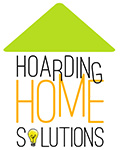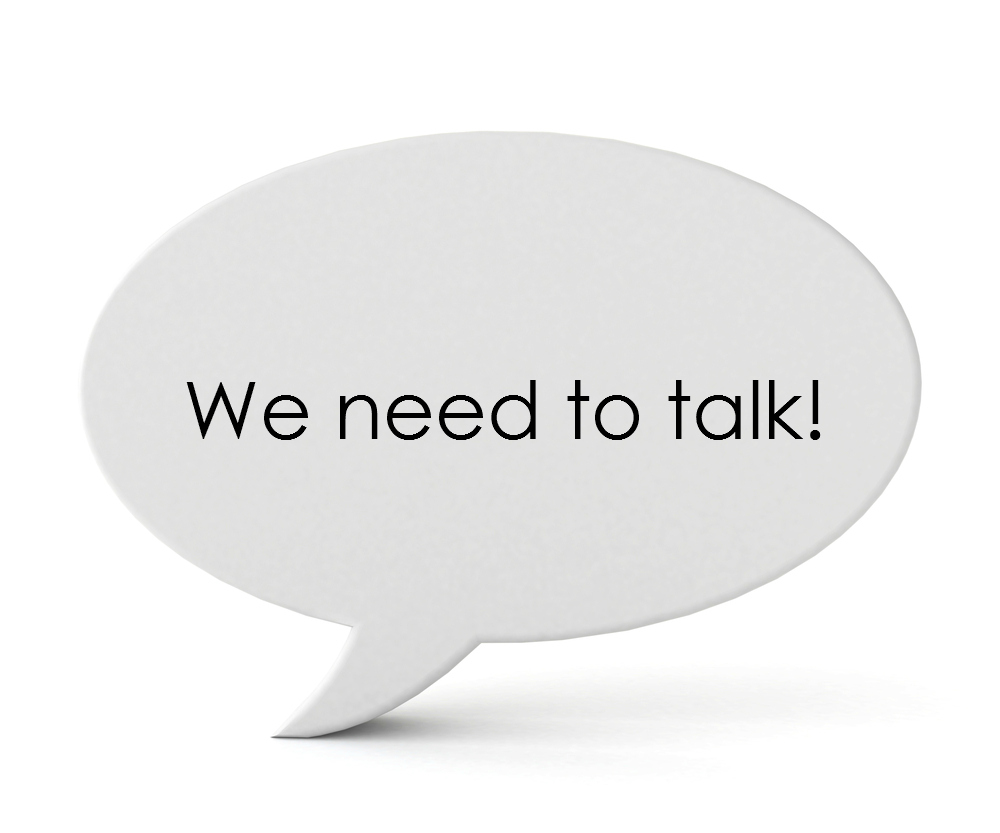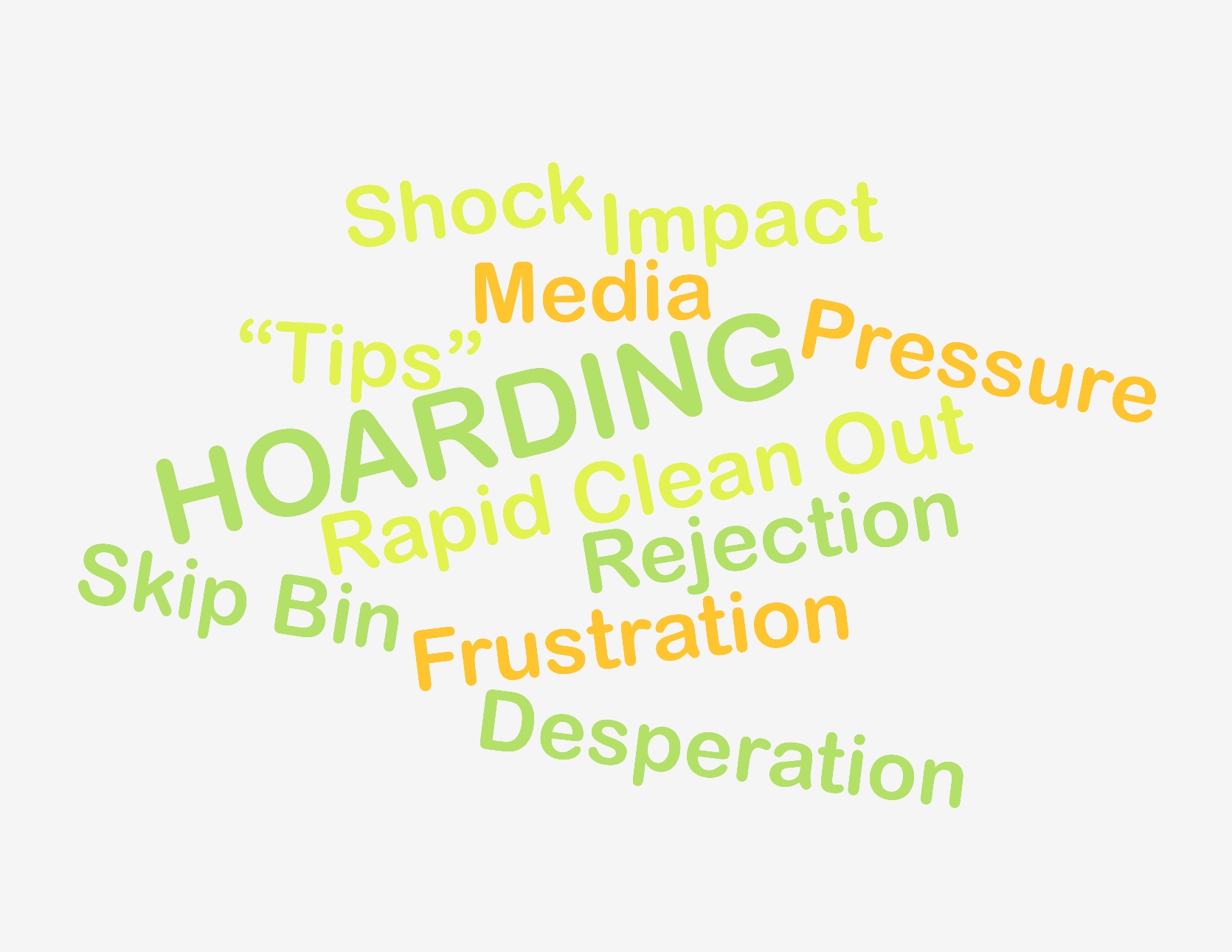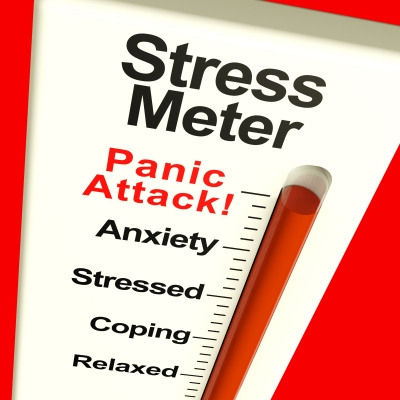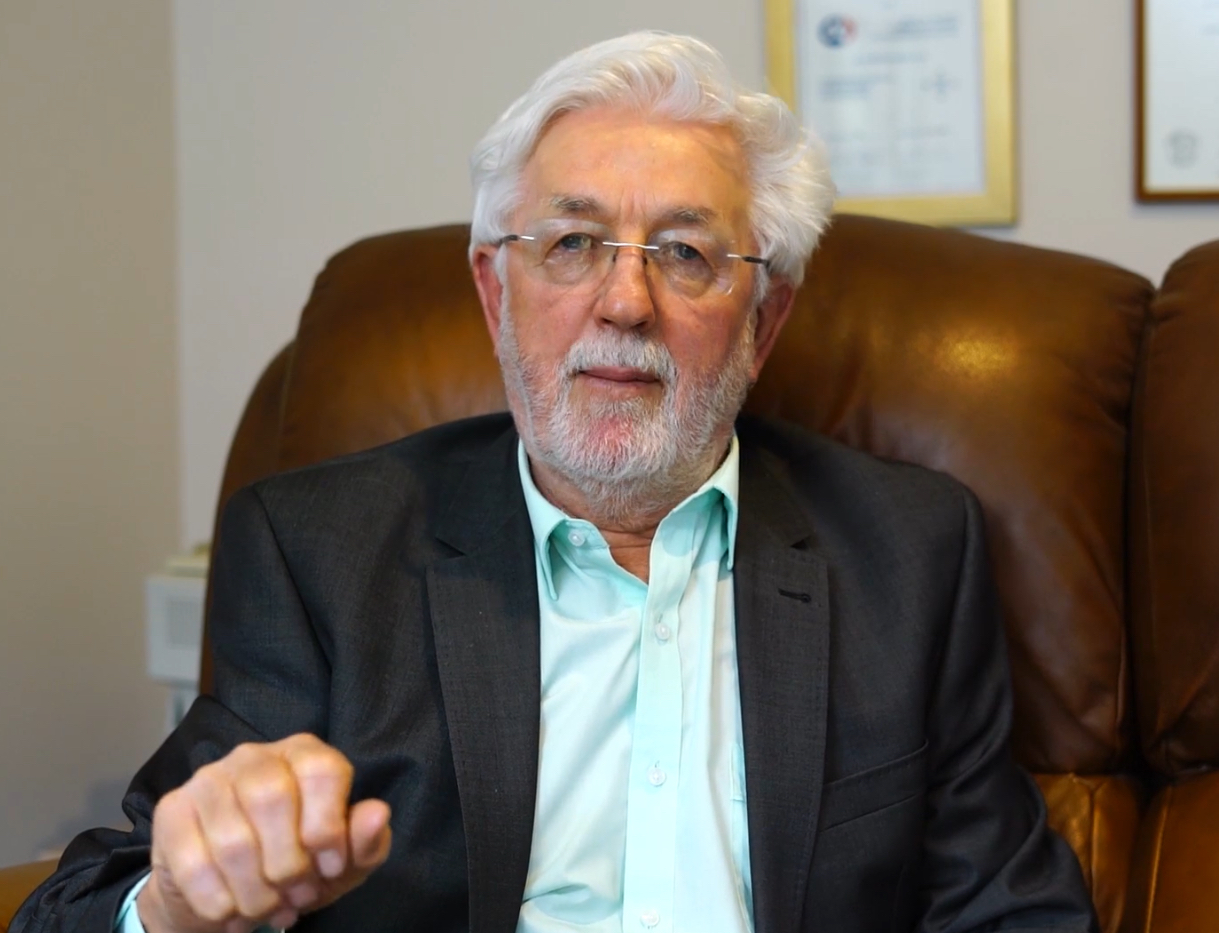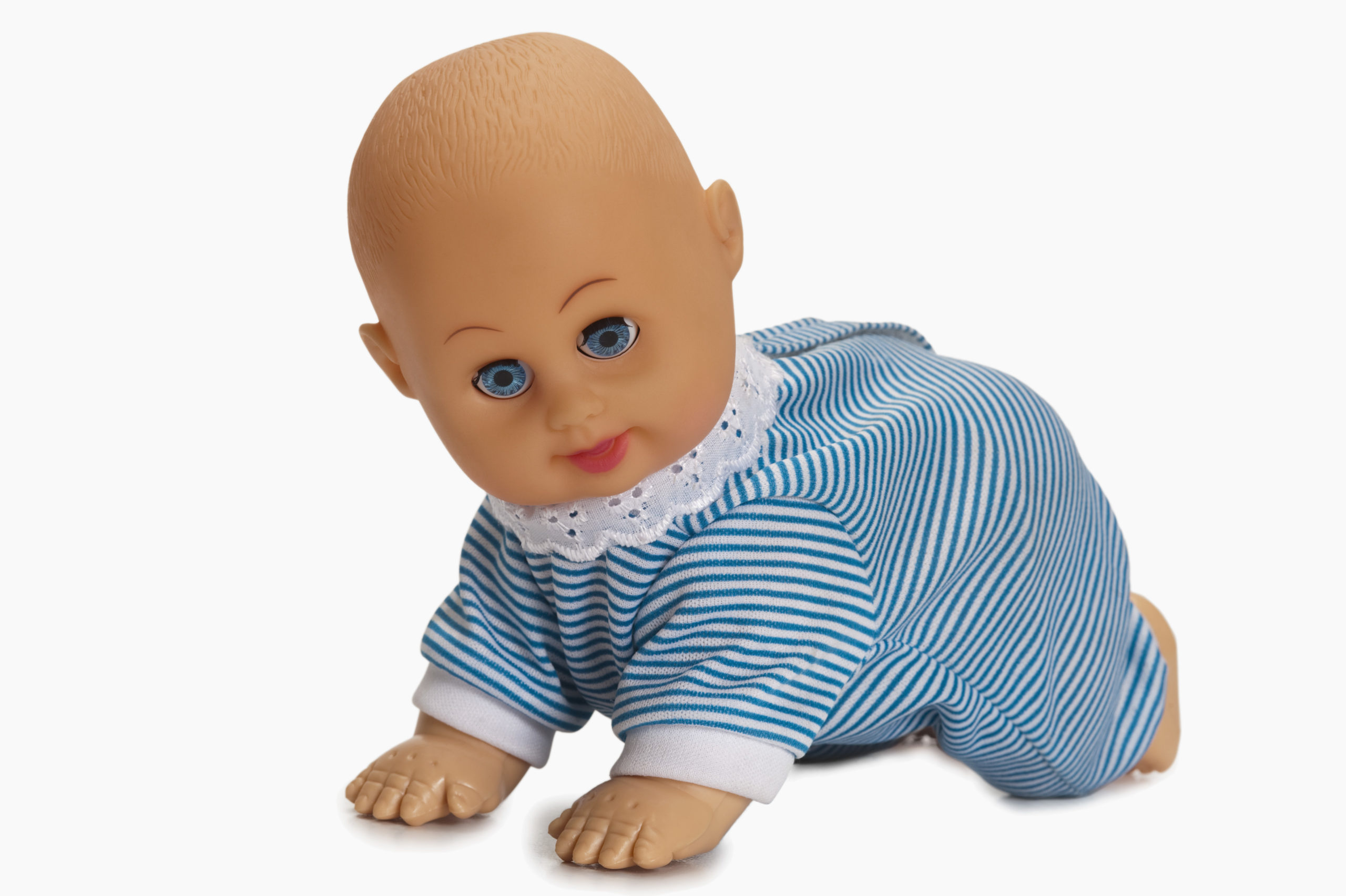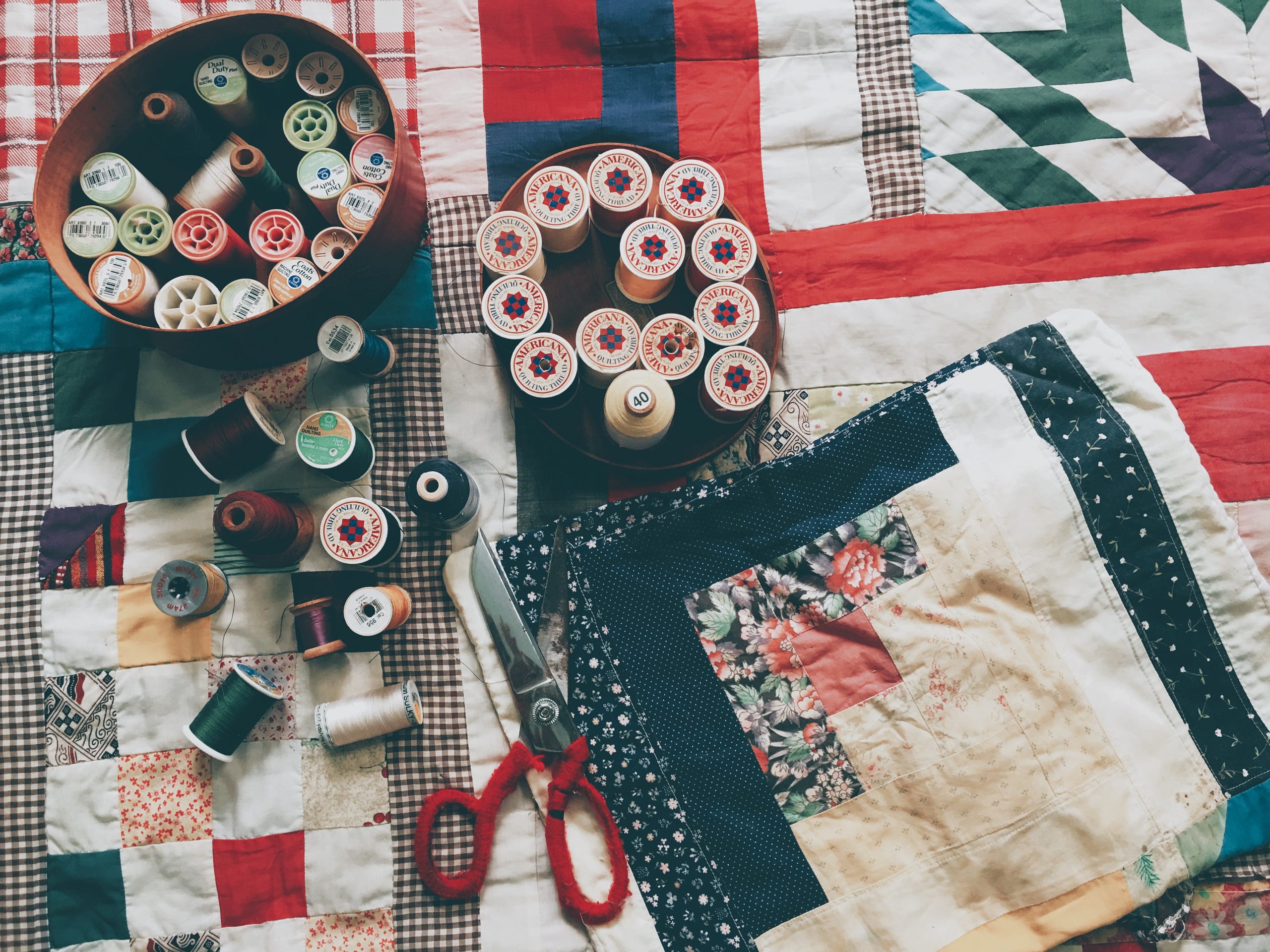To improve safety, use the Fire Risk Reduction Advice on our Resources page.
Transcription of the Video
AE: Hi I’m Angela Esnouf
WH: And I’m Wendy Hanes. We are coming to you from Melbourne, Victoria where we are under tight Covid restrictions. You may think that because we’re not allowed to work with people in their homes there is nothing we can do to address hoarding and squalor issues. That is not the case! In this blog we look at Identifying Risks and Encouraging Targeted Activities to Improve Safety.
AE: What are some of the trigger points that might prompt you to feel concerned about a client or loved one?
A history of hoarding behaviour? Anxiety and other mental health issues? Neighbour complaints? For tenants in public housing, they may be in arrears with their rent.
Now, considering that we can’t actually go into the person’s home and see what is happening ourselves, how might we identify risks?
WH: One of the tools we love is the Fire Risk Reduction Flyer for hoarding and squalor. You can find it on our Resource page. You can use this flyer to develop safety related questions. For example, one of the most important things is to ensure people have working smoke alarms:
Questions like, “Do you know where your smoke alarms are located? Do you know if they are working?”
“Can you press the button so we can hear it beep?”
The first step is to have the householder dust it and check the battery. If the smoke alarm is not working you will need to come up with a plan to have a working smoke alarm installed in the house quickly. If the person is a tenant in public housing an HSO can raise the job directly with an appropriate contractor. For others, you may need to arrange to purchase one online. Bunnings sell suitable smoke alarms with a ten-year battery.
AE: Another concern is blocked exits and narrowed pathways, because in the event of a fire or accident, it makes it hard for the residents to get out and emergency personnel to get in.
Questions you might ask are:
“Are you comfortable taking out the rubbish at the moment?”
“Have things been building up around the doors or in hallways?”
“We’ve had some nice weather, have you opened the windows and let some fresh air in?”
WH: Utilities being disconnected is a clear sign of things being in decline in a home. With regard to utilities, you might ask:
“What utilities have you got on there?” Or more subtle, “Have you watched anything interesting on the TV lately”.
AE: 39% of fires in hoarded homes result from cooking. Removal of clutter from around cooking areas and stove tops is imperative. We know a person who thought the oven was a clever place to store paperwork! You might broach this topic with questions like, “Do you enjoy cooking? Tell me about how you use your kitchen.”
Heaters and electrical items can also create hazards. Questions like, “Are you able to use the clothesline or dryer? How are you getting your laundry dry?” will help you open a dialog about appropriate use.
WH: Another tool is the The Home Environment Index. You can easily find a copy of this on the internet.
Even where hoarding behaviours don’t exist, poor self-care and housekeeping can escalate into unsanitary conditions which ultimately impact the condition of the property and the occupier’s wellbeing. Acting before things get out of hand saves time and resources in the long run.
The Home Environment Index is an assessment tool which allows you to define problems in the home and set specific cleaning and selfcare goals. It looks at things like how often a person is doing the dishes and laundry and bathing.
If you are sensing diminished selfcare and home care you can do some gentle probing. A good opening might be, “Tell me about your daily routine”.
AE: Hoarding is a diagnosable, treatable, behavioural mental health condition and we don’t want to minimise that or infer that it is a housekeeping issue. We are aware though that these are stressful times, and some people who have been just holding things together may start to slip into squalor. We can help people get on top of things by pinpointing small activities that have a big impact.
Three key areas of home care are:
- Removing rubbish regularly
- Doing dishes
- Doing laundry and putting it away
These three tasks done consistently have a massive impact on the condition of a property. When they are left undone, things can become overwhelming and it can be hard to figure out where to start.
WH: As professional organisers, one way we help people build routines is by habit stacking. For example, if you walk to the convenience store every second day, add the habit of taking the rubbish out at the same time. Tying a new habit to an old one helps to make it stick.
You can talk to the client about where things are getting “stuck” and brainstorm small actions they can commit to.
AE: The key message here is that even though we may not be able to physically help people, we can support them to maintain their home and stay safe.
Watch Part 1 about building a relationship here.
Watch Part 3 about support, motivation and accountability here.
